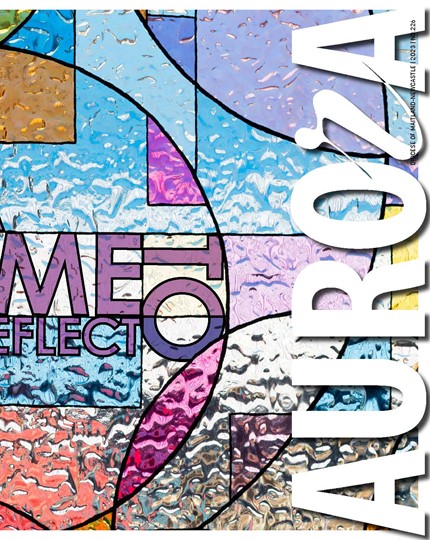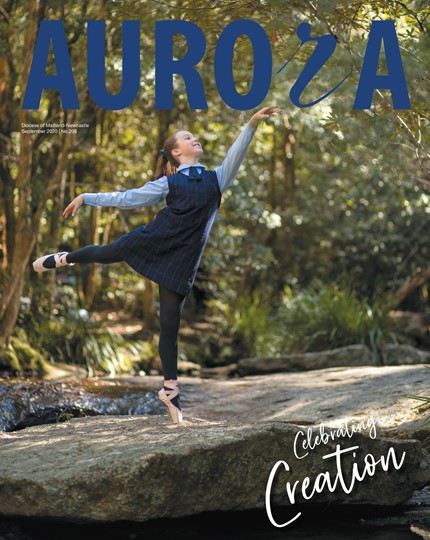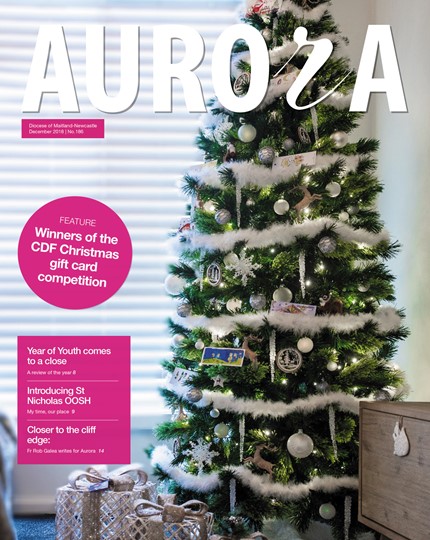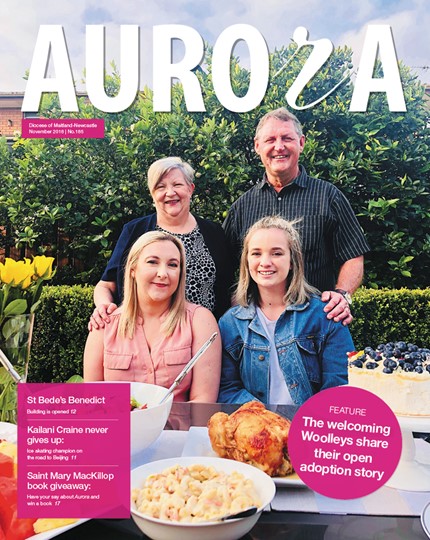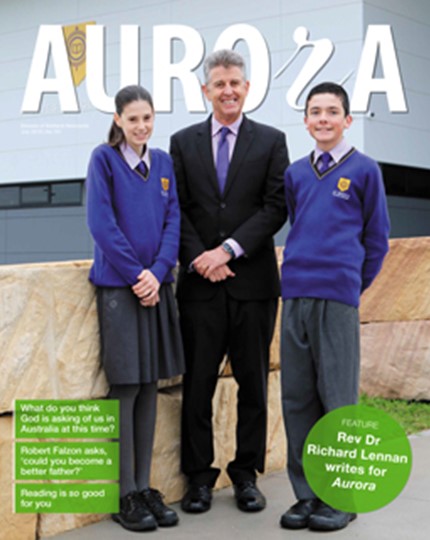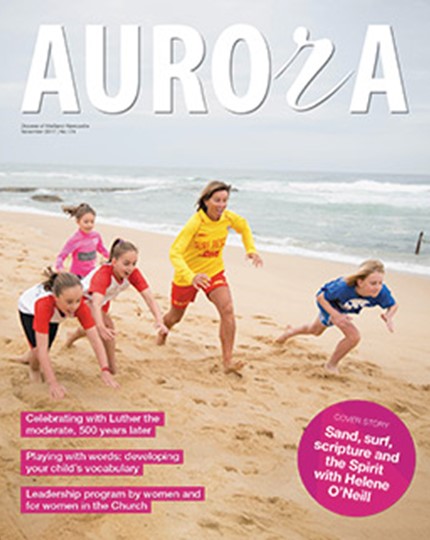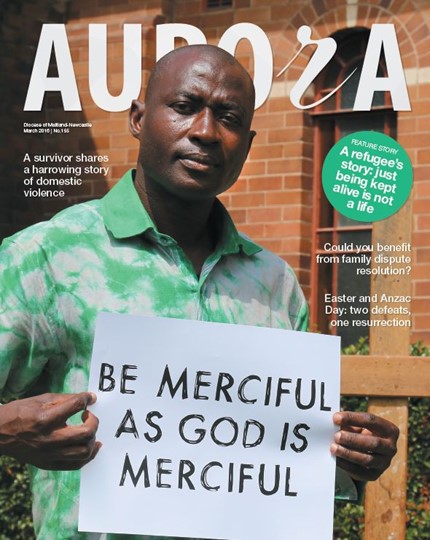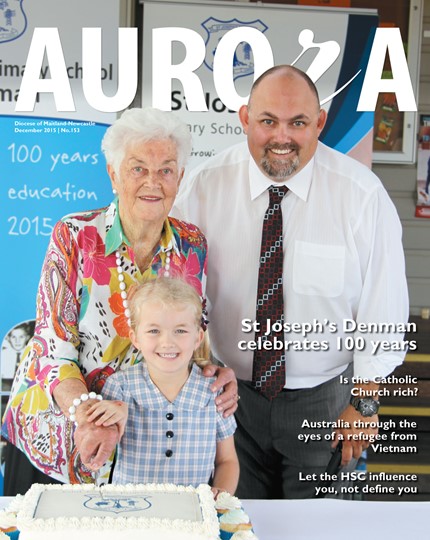They are accorded a special day on which their memory is celebrated. Some of these celebrations are optional; others essential – such as for those entitled ‘apostle’. Here it is usual for us to think of the twelve key male followers of Jesus, to whom we attribute the beginnings of the church.
Until this year Mary Magdalene – a highly recognisable name – belonged to the ‘optional’ group of saints. But something quite remarkable has been happening across the pontificate of Pope Francis. He has recently declared that it is “necessary to widen the space for more incisive feminine presence in the church." This sounds more compelling in Italian: "È necessario ampliare gli spazi di una presenza femminile più incisiva nella Chiesa."[1]
In June Francis began to put flesh on this intent, enabling St Mary Magdalene to claim her rightful and significant place as ‘apostle’. She has now been accorded the highest honour, the implications of which deserve pondering. Vatican Radio (10/6/16) has declared that “she has been raised from the dignity of an (optional) memorial to being on par with the apostles”. Those who have for years been honouring her day, believing she could inspire the current generation, are now rejoicing.
Mary Magdalene was a prominent leader in the early Church. But in a patriarchal society her role and memory diminished as that of the male apostles increased. Simultaneously details of her ‘memory’ became conflated – an interweaving of different stories of gospel women and not a little legend, straying from the remarkable facts the gospel reveals. We have probably believed some of these tales. Mary’s story, instead of enabling her – and women – to grow in prominence, became a mixed, diminished and even derogatory one. We could say she fell victim to ‘tall poppy syndrome’!
The facts are that Mary did experience a major frailty – reputed as being cured by Jesus of her ‘seven devils’ (Luke 8:2) – whatever that implies. Many in our times share with her the price paid for what was probably awful and alienating suffering. Once healed, however, she was unequivocally a key follower. Perhaps she even had means, from which she and other women disciples could provide for Jesus’ itinerant life. She is attested as one of the few who could endure the devastating pattern of his final hours, standing by the cross until his last breath. Undeterred, and with only a few women (in John’s gospel she is the only one) she came to the tomb, awaiting the hour at which she could anoint his body. Like everyone, she believed she had experienced the end of his living. Confronted by the seeming failure of his mission, she was resigned to honouring in his death the one whom she had loved and followed in life.
As we read John’s gospel we are drawn into her perplexity and then her overwhelming realisation that the task she expected to effect was, in an instant, turned on its head (an experience we also know well). New insight and clarity emerge through the encounter with Jesus, risen from the dead: the unique moment of human history. Then, giving her neither time to drink in this astounding reality, nor go and bring back to him one of the male leaders, he immediately passes on to her the baton of proclaiming what is now good news. It is too urgent to delay. “Go and tell,” he urges. Go and tell everyone that the horror of fallible human judgement will never again have the last word. Death has been put to flight. The living God dwells in the messiness of our human struggle – for all time. Entrusted with such a remarkable task some of the early church fathers thus called Mary the ‘apostle to the apostles’ – a testimony that did not always sit well.
But the revival has come! Contemporary gospel scholarship has urged us back to our sources, plumbing the culture of gospel times. It is for us, now, to be able to distinguish fact from legend to understand how Jesus intended women and men together to complement each other in discipleship. Mary has been rescued as an historical treasure, for who she was and was called to be. And with this recent official ‘reframing’, something has overtly shifted. The cloud of mystery has been lifted to reveal her true identity as a woman sent forth with dignity to proclaim the message we believe lies at the heart of the world’s hunger: being a follower of Jesus is VERY good news.
We now hear of another of Francis’ initiatives: a commission to explore the possibility of women being ordained deacons. Diaconate is a ministry of service, one very true to Francis’ belief that all people called to minister need to be focused on service, not status, attuned to people’s suffering, reaching out to those on the periphery. It’s an ancient ministry, with considerable evidence in favour of its re-establishment. For men, this has happened. For women in the Roman tradition, not yet. Yet many women are currently engaging in ‘diaconal’ service – in hospitals, parishes, pastoral care, industry – taking the good news where it might be heard. Perhaps these ministries will be formally recognised, enabling them also to baptise and to preach the gospel? Mary Magdalene, given her authority to serve the early church by Jesus himself, will surely inspire this new and formative development in our age.
Each Sunday Catholics proclaim in the Creed a Church that is one, holy, catholic and apostolic. Now the focus is sharpened, broader, inclusive, authentic. Mary, the first of the apostles, stands alongside the twelve, as we acclaim with joy their co-foundational role. Her restored identity ‘shines a light on the special mission of this woman who is our example and model for every woman [sic] in the church’ (Vatican Radio, 10/6/16). Surely, then, the implication for us, just as for this gospel woman, is that the God of history will break into our time and surprise us beyond our current imagining; a new day is dawning for the leadership gifts of both women and men. The space is being truly widened. Mary Magdalene grounds our hope!
Vivien Williams is Adult Faith Formation Officer, Diocese of Maitland-Newcastle. Please visit the diocesan website. www.mn.catholic.org.au/church-community/women-in-the-church/council-for-australian-catholic-women
[1] Phyllis Zagano, “What the pope really said” National Catholic Reporter 25 Sept 2013.







